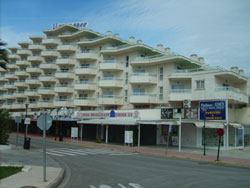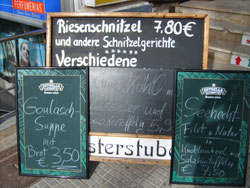Mallorca, the largest of the Balearic Islands, is one of the most popular travel destinations in Europe. Millions of visitors from all over the world flock to the island every year to enjoy its beautiful beaches, impressive nature and diverse leisure activities. Here is an overview of tourism in Mallorca:
Tourist flows and target groups
Mallorca receives around 10 million tourists every year. The main markets are:
Germany: Around a third of tourists come from Germany.
Great Britain: British holidaymakers also make up a large proportion.
Spain: In addition to international guests, many mainland Spaniards also visit the island.
The target groups range from families and couples to party holidaymakers to individual travellers and luxury holidaymakers.
Main attractions and regions
Beaches: Mallorca has over 200 beaches, from lively seaside resorts such as Playa de Palma and Cala Millor to secluded bays such as Cala Varques.
Nature: The Serra de Tramuntana, a UNESCO World Heritage Site, attracts hikers and cyclists. Natural parks such as the “Parc Natural de Mondragó” offer unique landscapes.
Culture: The Cathedral of Palma, Bellver Castle or the picturesque villages such as Valldemossa and Sóller are popular destinations.
Leisure and nightlife: From golf courses to water sports and the legendary nightlife in Magaluf and El Arenal – Mallorca has something to offer for every taste.
Types of tourism
Mallorca has diversified in recent years and offers various forms of tourism:
Mass tourism: Particularly concentrated in the coastal regions, with a focus on package tours.
Luxury tourism: High-quality hotels, exclusive restaurants and private villas in areas such as Deia or Port d’Andratx serve the upscale clientele.
Active tourism: Hikers, cyclists and water sports enthusiasts find ideal conditions on the island. Active tourism is particularly popular in the low season.
Cultural and culinary tourism: Traditional festivals, markets and local specialties or Mallorcan wine attract visitors.
Seasonal features
High season (May to October): This is when most tourists come, especially beach holidaymakers.
Low season (November to April): Hikers, cyclists and those seeking peace and quiet appreciate the quieter months when temperatures are pleasantly mild.
Challenges in tourism
Overtourism: Some regions are overcrowded, especially in high season, which puts pressure on the infrastructure and the environment.
Holiday homes: The increase in private holiday homes (e.g. via Airbnb) has made the housing situation for locals worse.
Sustainability: Initiatives such as the tourist tax and stricter building regulations are intended to help make tourism more sustainable.
Sustainable initiatives
Ecotasa (tourist tax): Revenue from the tax is used for environmental and infrastructure projects.
Promotion of soft tourism: Projects such as the promotion of hiking and cycling trails are intended to spread tourism more widely and make it more environmentally friendly.
Traffic management: The expansion of public transport and cycle paths is intended to reduce car traffic.


Map of Mallorca
Everything about Berlin with a focus on sights in Berlin.
The most important city in Europe is London.